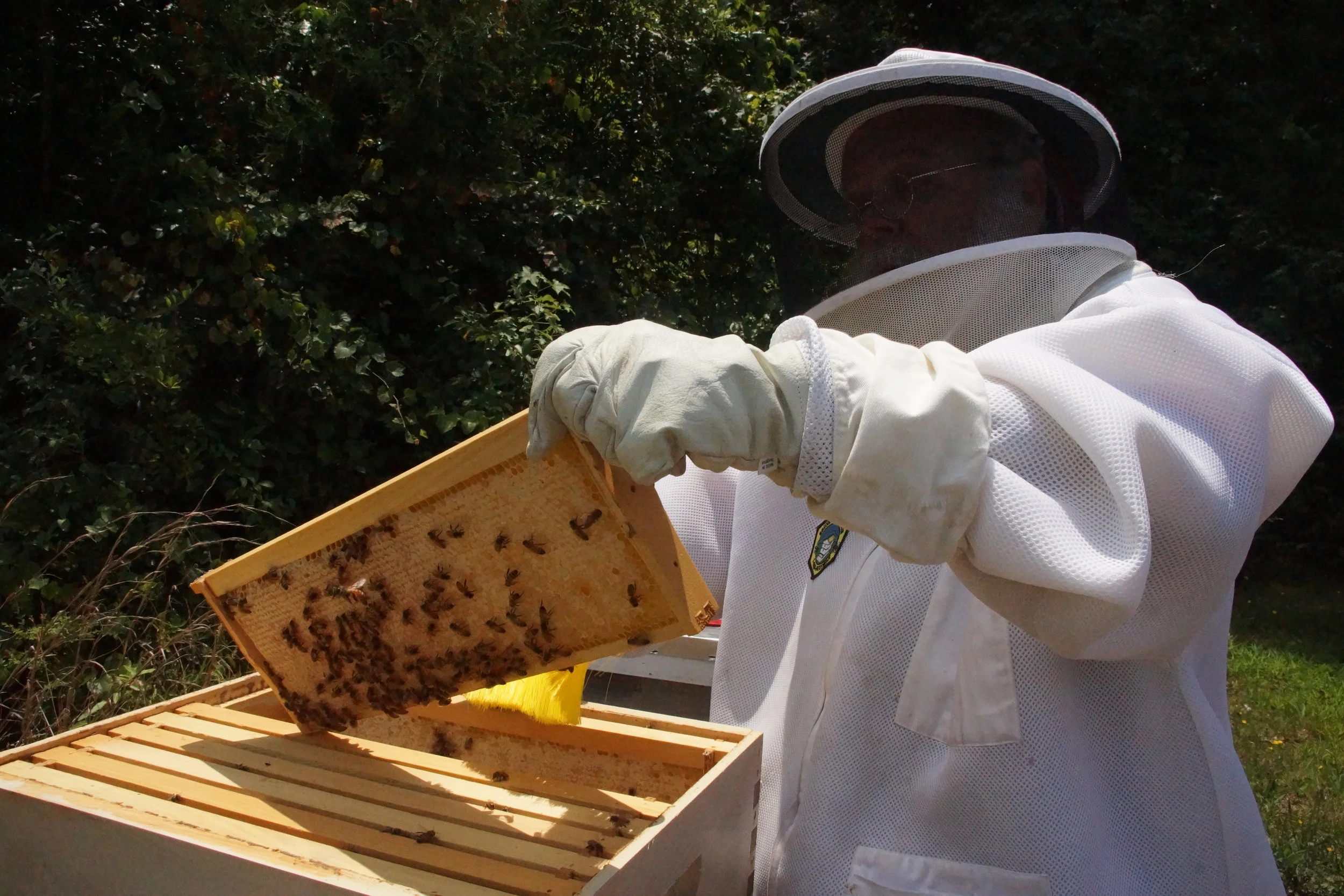
How we work
who grows?
The garden has 26 raised beds that are tended by individual volunteers, civic organizations, churches and clubs and by groups that receive the produce. Each spring, volunteers make sure the gardens are cleared of weeds; the soil is replenished; and that seeds are put in the ground for summer harvest. The garden grows nearly year-round, with just two months off in the winter months to let the soil rest.
WHO RECEives?
Our community is home to numerous non-profit organizations that provide meals for those in need. And that need is increasing, while the resources of nonprofits are stretched to the limit. Healthy food options, such as produce, are expensive. The garden’s entire harvest is donated to organizations that serve people with limited financial means, including Cornerstone Christian Ministry, Loray Girls’ Home, Off the Streets, CAM, and the Highland Association.
what DO we grow?
Beans, beets, broccoli, cabbage, collards, cucumbers, kale, lettuce, okra, onions, peppers, radishes, summer squash, tomatoes and turnips are among the items in our garden. Natural insect repellents, such as marigolds, are planted among the crops, and beautiful sunflowers provide pops of color and delicious seeds for birds and humans alike. Our pollinator garden supplies food in the form of pollen and nectar to a wide range of pollinating insects. Our bird houses and fountain provide shelter and water for birds and butterflies. We also have a small apiary on site — built as a Girl Scout Gold Award project by Preston Bullock.
“From bees to beets, our Garden keeps growing.”

Why a Community Garden?
All across North America, inner city vacant plots and verges, community gardens and roof top gardens have appeared throughout urban and suburban environments. What were once unused spaces are now produce-producing plots.
A community garden is typically a piece of land collectively gardened by a group of people in a local community. Gardens can be either owned by individuals, local councils, not for profit organizations or some form of community trust. Gardens vary from region to region but generally provide fresh produce and plants as well as foster community and connection between local residents.
1. Community Gardens Help Provide Fresh Nutritious Food
Community gardens provide an opportunity for people to enjoy nutritious food at little or no cost. People who garden (or who live with someone who gardens) tend to eat more fruits and vegetables on a daily basis. In a survey in Flint, Michigan, while only 17.8% of respondents from non-gardening households ate fruits and vegetables at least 5 times a day, that number rose to 32.4% in households with a gardener.
2. Community Gardens Foster Community and Build Networks
As well as providing fresh nutritious produce for the gardeners and their families, community gardens provide the opportunity for people from different backgrounds to come together. They help foster a sense of ownership and community. Community gardens are generally monitored and managed by the gardeners, resulting in a cleaner space and more active local community.
3.Community Gardens Can Have a Positive Effect on Property Prices
Community gardens also have a positive impact on nearby property prices. A New York University study looked at the impact of community gardens on the neighboring property values and compared the sales prices of properties within a certain distance from community gardens, to prices of similar properties in the same neighborhood, but not near a garden. The study found that community gardens have statistically significant positive effects on the values of property within 1,000 feet of the garden. Interestingly, the authors found that these positive effects were strongest in lower-income neighborhoods. Community gardens raised property values by up to 9.5 percent within five years in the poorest neighborhood measured. The effect also increased over time; as each year went by after the opening of a community garden, the prices of nearby properties increased more and more in relation to properties that did not have access to a community garden.
Excerpts from an article in Collective Evolution by Andrew Martin, author of Rethink…Your world, Your future. and One ~ A Survival Guide for the Future…
PRESS BOARD
Planting Seeds. Piedmont Now Magazine 2020
Heart and soul of the Garden, Rusty Sayer, passes away
Read about our honey harvest in the Lincoln Herald!
Behold The Power of Produce! Meet some of our Receiving Groups - Gaston Lifestyles (page 26)
Gaston Together — Communities of Excellence (the Garden gets a leadership award!)
How Did That Garden Get Growing? - Gaston Lifestyles (page 28)
Community Gardens in Gaston County — Gaston Alive!
The Garden Gets Started! Gaston Gazette
Caromont Health Foundation donates $25,000 to the Garden! Gaston Gazette
Ready to help?
Volunteer

